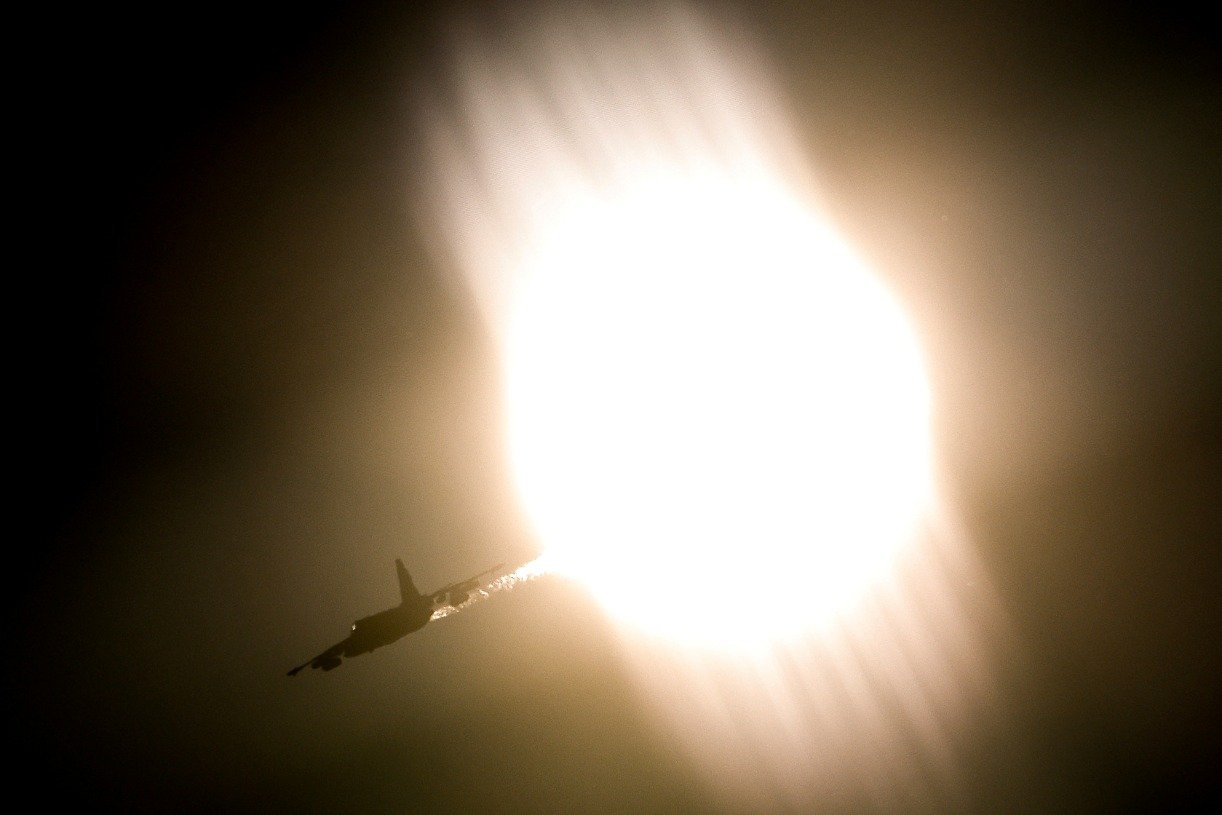Amongst emerging technologies Unmanned Aerial Systems (UAS) are making a profound impact both in civil and military sectors. Although this technology is not entirely new but due to exponential advancements in the last few years, it has emerged as a critical component in modern day warfare. The impact of UAS in the military domain is evident from the way they altered the course of events in the Nagorno Karabakh and Middle Eastern conflicts. The disruptive nature of UAS, coupled with technologies such as AI and cyber, has compelled strategists to devise extensive countermeasures against them.
UAS can be neutralized through kinetic (hard kill) as well as non-kinetic (soft kill) means. Kinetic measures refer to destroying the Unmanned Aerial Vehicle (UAV) in the air by using active means, whereas non-kinetic measures engage the UAS via electronic countermeasures to disable its systems.
An important non-kinetic measure to counter UAS is Electromagnetic Pulse (EMP) technology. The EMP-based technique uses an extremely strong pulse of focused energy which is used to impact the electronic equipment of the UAS by increasing the voltage of those systems. By interfering with the radio links, the EMP disrupts the command-and-control system of the UAV with its ground control station. The main targets of the EMP include various sensors, navigation system, and communication system of the UAS which are rendered ineffective.
Several countries are investing in UAS and counter-UAS technology. China has made significant progress not only in UAS, but also its countermeasures utilizing all available technological options, especially EMP. In August 2021, China reportedly tested EMP technology to shoot down an unmanned aircraft. This event marked the first Chinese test of this technology to neutralise UAS and has also highlighted the growing relevance of EMP technology against such systems.
While details regarding the test have not been revealed, some information is available. The test was conducted by the Chinese defence contractor China Electronics Technology Group (CETC). It involved one single UAV which was intercepted while it was flying at a height of 1,500 metres above sea level. The report stated that unusual behavior by the UAV was observed after it was struck by the EMP and it ‘veered from one side to another.’ Analysis of the debris recovered from the crash site suggests that sensitive electronic equipment was not damaged prior to the UAV’s collision on the ground. Wen Ynpeng, a CETC engineer, in his analysis suggested that induced flight control malfunction could be the reason for the unexpected behavior of the UAV which sent out an erroneous command signal.
Although the Chinese test involved only one UAV , its engineers are confident that the weapon will be equally effective against drone swarms as well.
The Chinese initiative can be viewed in response to US capabilities vis-à-vis EMP technology. The US has been equally interested in this technology to counter the challenges arising not only from UAS but also new techniques associated with such systems, such as drone swarming.
In 2012, Boeing along with US Air Force Research Laboratory (AFRL) conducted a test of Counter-Electronics High Power Microwave Advanced Missile Project (CHAMP) which was successful in disrupting 7 targets using EMP. The weapon was successful in disabling the electronics of its targets without destroying their structures. The Tactical High Power Operational Responder (THOR) is a recent initiative in this regard. Developed by the AFRL, this weapon employs EMP pulse to engage swarm of drones. The device will enable the Air Force to engage swarms of UAVS at a short range. In 2019, THOR demonstrated its capability to engage multiple drones with a single shot. The US Air Force is also looking towards developing advanced variants of THOR which will be more efficient and effective in engaging drones. Counter-Electronics High-Power Microwave Extended-Range Air Base Air Defence (Chimera) is an EMP weapon which will be used to engage swarms of UAVs at longer ranges. Likewise, considerable research and development is being done in the US to make advancement in EMP technology.
Russia is also developing its EMP Cannon to engage UAVs. In July 2021, it was reported that the Kremlin had tested its EMP Cannon capable of engaging a target 6 miles away. The cannon had been under development since 2015.
The increasing vulnerability of UAS against EMP makes it a strong anti-UAS asset. The Chinese test is a clear indication that EMP technology will be used more frequently against UAS. Since larger militaries are resorting to this technology, it is likely that other nations will also follow as well.
The Chinese EMP test also sheds light on how fast warfare is evolving. While, we continue to register new types of UAS and their associated techniques, the weapons to engage them are also making rapid advancements simultaneously. This event will serve as a reminder to other states regarding the importance of staying technologically updated to meet existing warfare requirements. Hence, there is a dire need to invest considerable effort and resources in technologies and their countermeasures to remain strategically relevant in contemporary warfare.
Shaza Arif is a Researcher at the Centre for Aerospace & Security Studies (CASS), Islamabad, Pakistan. This article was first published in Eurasia Review. She can be reached at cass.thinkers@gmail.com
Image Source: Larson, Celeb. Chinese Engineers Shot Down a Large Drone Using Electromagnetic Pulse.The National Interest. August 29, 2021.




